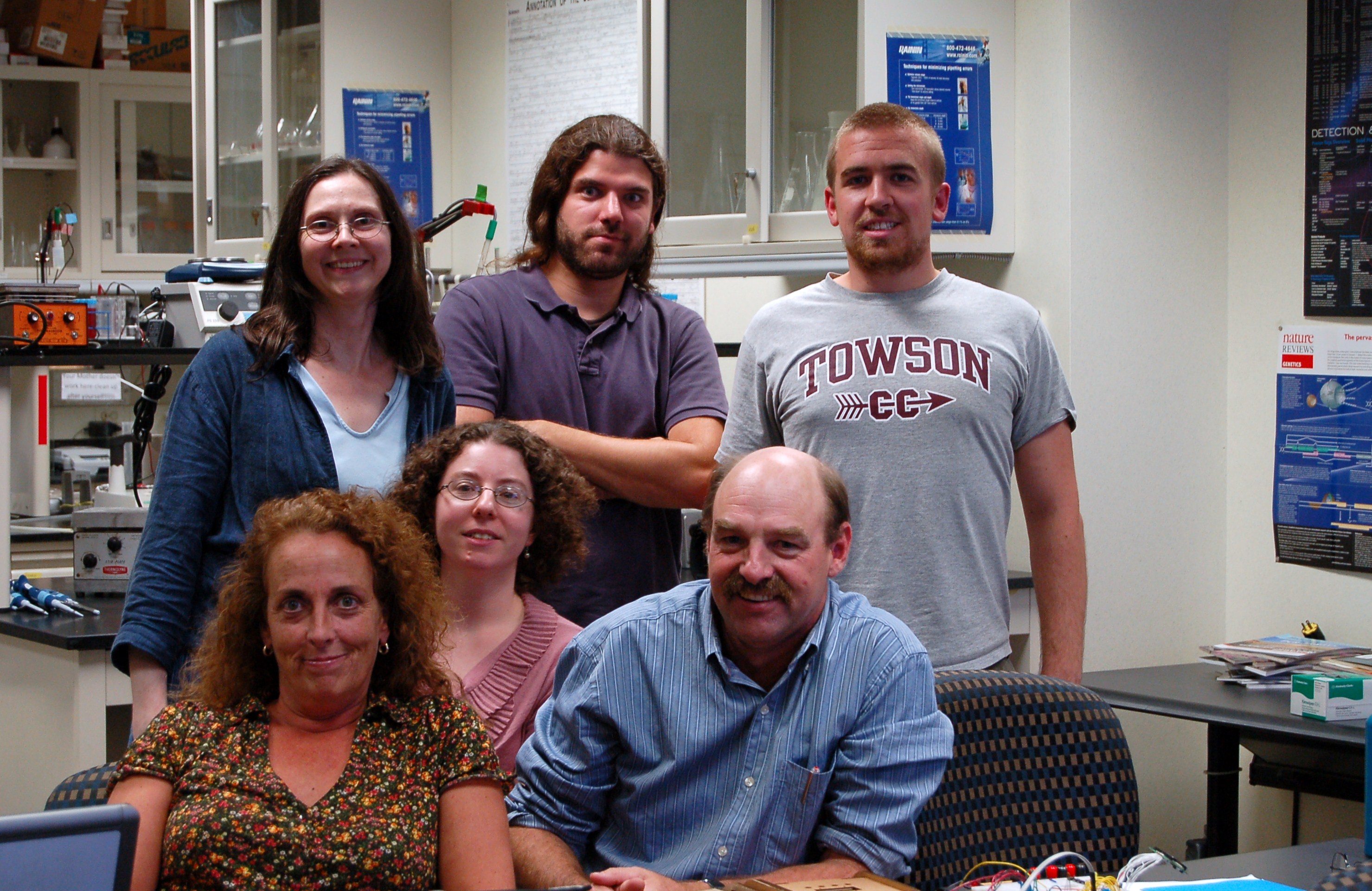Team:Baltimore US/Project
From 2010.igem.org
BioMechanic (Talk | contribs) |
BioMechanic (Talk | contribs) |
||
| Line 8: | Line 8: | ||
'''Project: DIY-Gem''' <br> | '''Project: DIY-Gem''' <br> | ||
Creating the set of educational tools and learning resources to allow comprehension and accessibility to the core techniques associated with Synthetic Biology. We've discussed creating e.coli that can be added to the bb system that can actually produce the major enzymes used in these techniques so that beginner's can "grow their own", saving the $1 a ul that some of these can cost. We have the sequence for Pol1 (J) | Creating the set of educational tools and learning resources to allow comprehension and accessibility to the core techniques associated with Synthetic Biology. We've discussed creating e.coli that can be added to the bb system that can actually produce the major enzymes used in these techniques so that beginner's can "grow their own", saving the $1 a ul that some of these can cost. We have the sequence for Pol1 (J) | ||
| - | for Taq Aquaticus, and can put it into e. coli, but it contains a Pst1 site dead in the center of it's sequence so we'd have to create a new sequence and test it's viability, prior to formatting it in the bb format. The Pfu polymerase from Pyroclase Fusarium is usually used with BB. The patent on Pol1 has expired. Patents exist on Pst1, none on exist on EcoR1, Xbe and Spe, couldn't find patent or sequence information, need more research. Other implementation of the DIY-Bio structure involves the construction of inexpensive hardware that is utilized in the process of synthetic biology research, i.e. microgram scales, centrifuges, PCR thermocyclers, Gel Electrophoresis kits, Devices for volumetrics, histobots, DNA sequencers/synthesizers and enhanced microscopy equipment. Many of these hw pieces have already been hacked by various groups within the DIY-Bio communities, however our goal would be to create those pieces necessary for us to continue to experiment/collaborate past the end of the iGEM timeframe. <br> | + | for Taq Aquaticus, and can put it into e. coli, but it contains a Pst1 site dead in the center of it's sequence so we'd have to create a new sequence and test it's viability, prior to formatting it in the bb format. The Pfu polymerase from Pyroclase Fusarium is usually used with BB, as it has enhanced error protection mechanisms and can withstand higher temperature cycling. The patent on Pol1 has expired. Patents exist on Pst1, none on exist on EcoR1, Xbe and Spe, couldn't find patent or sequence information, need more research. Other implementation of the DIY-Bio structure involves the construction of inexpensive hardware that is utilized in the process of synthetic biology research, i.e. microgram scales, centrifuges, PCR thermocyclers, Gel Electrophoresis kits, Devices for volumetrics, histobots, DNA sequencers/synthesizers and enhanced microscopy equipment. Many of these hw pieces have already been hacked by various groups within the DIY-Bio communities, however our goal would be to create those pieces necessary for us to continue to experiment/collaborate past the end of the iGEM timeframe. <br> |
<br> | <br> | ||
'''Project: Hamsterdam''' <br> | '''Project: Hamsterdam''' <br> | ||
Revision as of 02:15, 16 June 2010
| The first DIY-Bio Community to secure entrance into the iGEM competition. | |
|
Possible Projects | |
| Team Example |
| Home | Team | Official Team Profile | Project | Parts Submitted to the Registry | Modeling | Notebook | Safety |
|---|
Contents |
Overall project
Your abstract
 "
"
